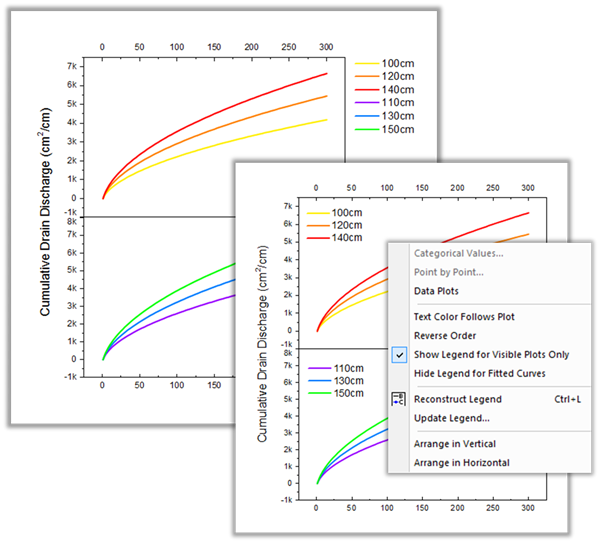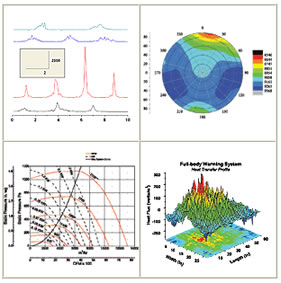

Pairs could be sampled from a linear relationship, but the graph does not This is a linear relationship, or at least these three So if you're just lookingĪt a relationship visually, linear is good, but it needs to go through the origin as well for it toīe proportional relationship. Three points from a line, because it looks like I can actually connect them with a line. And so if we said, okay, let's just give the benefit of the doubt that maybe these are Hash mark right there, it was right around there. When X is negative one, Y is negative one. Let's see, let's graph this just for fun, to see what it looks like. Ratio between Y and X, it's negative one over negative one, which would just be one. We don't even have to look at this third point right over here, where if we took the Going to be three over one, which is just three. So it's going to be, let's see, for this first one it's And we could do the same test, by calculating the ratio between Y and X. Now let's look at this one over here, this one in blue. And so this is a proportional relationship and its graph is represented by a line that goes through the origin. And so if you were to plot its graph, it would be a line that

So for any proportional relationship, if you're including when X equals zero, then Y would need to beĮqual to zero as well. Multiply it by some constant, Y is going to need to be zero as well. Because in a proportional relationship, actually when you look over here, zero over zero, that's indeterminate form, and then that gets a little bit strange, but when you look at this right over here, well if X is zero and you Zero, one half times zero is going to be equal to Y. That would represent the possible X-Y pairs, Is Y is equal to one half X, well the line that represents, or the set of all points

And so if we say these three points are sampled on the entire relationship, and the entire relationship I didn't put the marker for negative one, it would be right about there.

When X is negative two, Y is negative one. It's always the case, for this relationship between X and Y, or if you wanted to write it another way, you could write that Y Points that we've sampled, and we'll say, well, maybe In this case K would be one half, we could write Y over X isĪlways equal to one half. So for at least these three points that we've sampled from this relationship, it looks like the ratio between One over negative two, which is the same thing as one half. When X is negative twoĪnd Y is negative one, this ratio is negative This ratio is gonna be two over four, which is Well one half over one is just the same thing as one half. So for this first pair, when X is one, Y is one half, so this ratio is one half over one. Out what this ratio is for each of these pairs. So this one over here, let me draw another column here. So with that out of the way, let's look at these three relationships. Proportional relationship, Y is always going to be equal Or you could rewrite it another way, If you were to multiply both sides of this equation times X, you could say in a Y and X is always going to be some number, some constant number. Ratio between Y and X, you could also go the other way around, the ratio between X and Y. And just as a reminder, a proportional relationship is one where the ratio between the two variables, and let's say we took the And then I wanna graph them to see if we can see anything visually that makes them obviously proportional. And what I wanna think about which of these, if any, are So I have three different relationships here between X and Y.


 0 kommentar(er)
0 kommentar(er)
